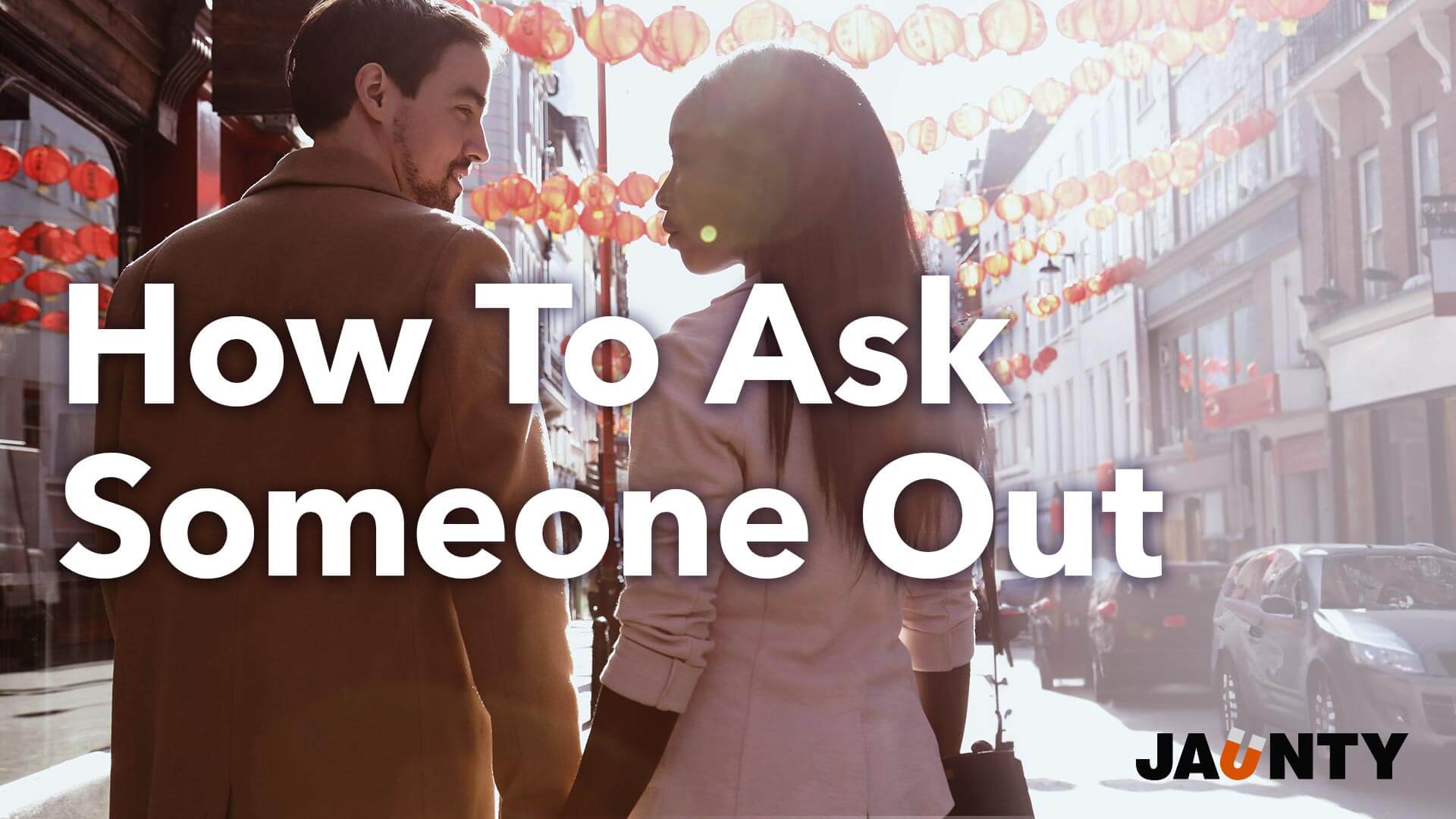Smirking is a facial expression that involves a subtle, half-smile, often conveying amusement, confidence, or a sense of mischief. When used in flirting, smirking can create a playful, teasing atmosphere and signal interest or attraction.
What Are the Reasons Behind a Smirk?
Understanding the reasons behind certain facial expressions, like a smirk, can be invaluable in improving social skills. A smirk, though subtle, can convey a myriad of emotions and intentions. Recognizing these underlying feelings not only enhances our social intelligence but also aids in fostering deeper connections and avoiding misunderstandings.
In our day-to-day interactions, a smirk can be a window into someone’s state of mind. Let’s delve into some of the common reasons people smirk and what each might signify in a social context.
1. Confidence
A confident smirk can often be a manifestation of someone’s self-assuredness. This kind of smirk can be a silent testament to their confidence in a situation or their beliefs. While this can sometimes come off as arrogance, in many cases, it’s simply a reflection of inner certainty and self-belief. Recognizing this can help in gauging the comfort level of a person in a conversation or situation.
2. Amusement
Sometimes, a smirk is nothing more than an understated expression of amusement. It could be a reaction to an inside joke, a funny observation, or simply something amusing that caught their attention. Interpreting this smirk correctly can be the key to sharing a light moment or understanding the humor in a situation.
3. Flirting
In the dance of attraction, a smirk can play a pivotal role. It can signal flirtatiousness or a playful attempt to seek attention. When someone smirks in a romantic or social setting, it might be their way of subtly expressing interest or attraction. Being attuned to this can provide cues in romantic interactions.
4. Concealing Emotions
Not every smirk is about positivity or attraction. Sometimes, people smirk to hide their true feelings or emotions. It can be a protective mechanism, a way to mask vulnerability or uncertainty. Recognizing this form of smirk is crucial to understanding when someone might be feeling uneasy or is not being entirely open about their feelings.
5. Embarrassed or Confused
A smirk can also emerge when someone is feeling embarrassed or confused. It’s a way to deflect attention from their discomfort. By identifying this, one can change the course of a conversation or provide reassurance, ensuring that the individual feels more at ease.
6. Threatened
When feeling threatened or defensive, some might resort to smirking. This can be a sign of discomfort or a way to mask fear. In such cases, it’s essential to tread carefully and ensure that the individual feels safe and understood in the social setting.
7. Deceiving Others
A smirk can sometimes be a tool for deception. When someone is trying to deceive or is not being entirely truthful, they might smirk as a way to divert attention from their dishonesty. Recognizing this form of smirk can be invaluable in situations where trust and honesty are paramount.





